10 Solar Energy Facts
Solar energy is revolutionising the way we think about power. As the most abundant and sustainable energy source available, it has become a key player in transitioning toward a greener future. From slashing electricity bills to powering cities, solar energy offers limitless potential. This blog will explore 10 facts about solar energy, covering its science, surprising uses, and latest innovations.
Whether you’re a sustainability enthusiast, a curious learner, or considering solar technology for your business or home, these insights will help you appreciate the transformative power of the sun.
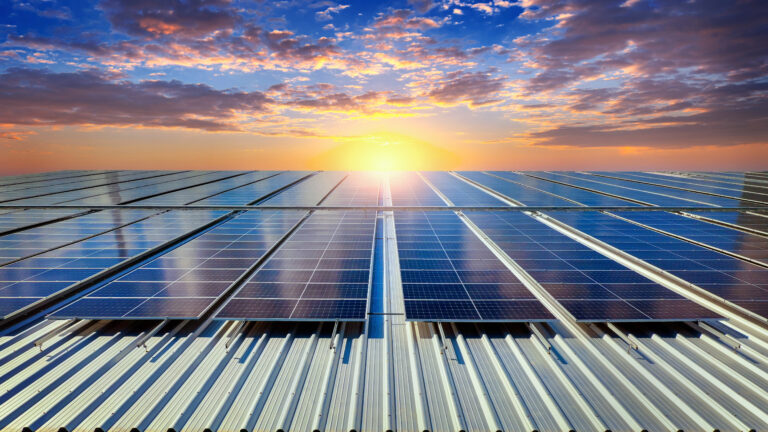
General Solar Energy Facts
Fact 2: The Cost of Solar Energy Has Dropped Significantly
Over the last decade, the cost of solar PV panels has dropped by over 80%, making it more affordable than ever. This decline is driven by advances in solar PV technology and growing market demand.
Fact 1: Solar Energy is the Most Abundant Energy Source on Earth
The sun provides a staggering amount of energy, enough to power the entire planet for a full year in just one hour! By capturing even, a small portion of this energy and efficiently storing it with battery energy storage systems (BESS), we can greatly reduce dependence on fossil fuels and take a significant step toward combating climate change.
Fact 3: Solar Energy Powers More Than Just Homes
Solar energy isn’t just for homes, it’s transforming businesses, schools, farms, and even entire cities across the UK. For instance, the Kent-based village of Westmill is home to one of the UK’s largest community-owned solar farms, generating enough renewable energy to power over 1,500 homes annually. This highlights how solar is playing a vital role in reducing carbon emissions and shaping a sustainable future.
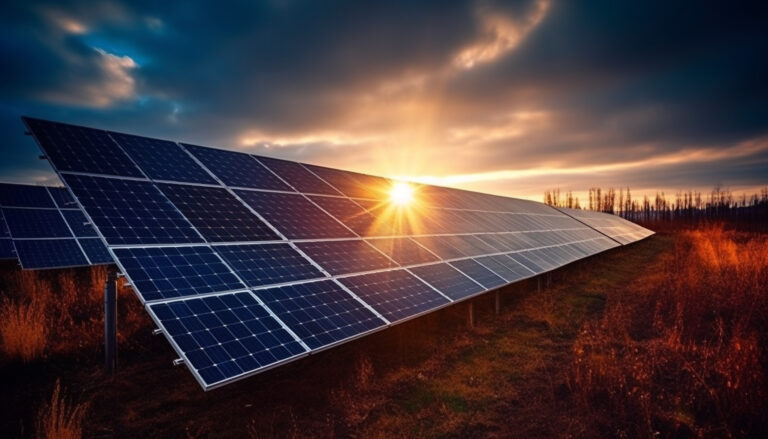
Section 2: Fun Solar Energy Facts
Fact 4: Solar Panels Can Generate Power on Cloudy Days
Contrary to popular belief, solar photovoltaic (PV) panels don’t need direct sunlight to generate electricity. They are designed to work even on cloudy or overcast days by capturing diffused sunlight, which is scattered through the atmosphere. While solar panels are most efficient under direct sunlight, advances in PV technology ensure that they can still produce a significant amount of energy in less-than-ideal weather conditions, making them a reliable renewable energy source even in regions with unpredictable climates. This adaptability is one of the many reasons solar power is becoming an increasingly popular and practical solution for reducing carbon emissions worldwide.
Fact 5: The Largest Solar Power Plant in the World is in India
The Bhadla Solar Park, located in India, covers over 14,000 acres, uses 10 million solar panels and has a capacity of 2,245 megawatts. That’s enough to power 4.5 million homes, helps the local community by creating jobs, building schools and helped India reduce its reliance on imported fossil fuels.
Fact 6: Solar Energy Dates Back to the 7th Century B.C.
Long before solar panels, ancient civilisations used sunlight to light fires and heat water. The Greeks and Romans even designed buildings to capture and maximise sunlight for warmth.
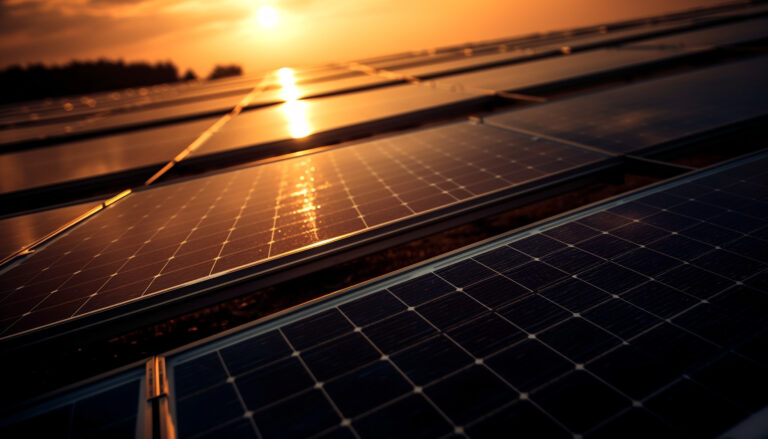
Section 3: Facts About Solar Panels
Fact 8: Solar Panels Are Recyclable and Environmentally Friendly
At the end of their lifespan, solar PV panels can be recycled to recover valuable materials like glass, aluminium, and silicon. This helps reduce waste and creates a sustainable life cycle for solar PV technology.
Fact 7: Modern Solar Panels Can Last for 25–30 Years
Solar Photovoltaic (PV) panels are built to withstand harsh weather conditions, including rain, snow, and hail. With minimal maintenance, they can provide clean energy for decades.
Section 4: Solar Power News and Innovations
Fact 10: Researchers Are Developing Solar Panels That Work at Night
A breakthrough in solar technology involves panels that can generate electricity even after the sun sets. Thermoradiative cells (TRCs) are an innovative technology that generates electricity from heat, operating both day and night. They offer continuous energy generation, making them a promising solution for modern energy challenges.
Fact 9: Solar PV Technology is Advancing Beyond Panels
Solar energy is no longer limited to rooftop installations. It’s being integrated into electric cars, wearable devices, and even solar-powered drones. These advancements make solar energy more versatile and accessible.
TRCs are transforming energy generation by utilising heat as a continuous power source. With applications in space, industry, and grid balancing, TRCs promise a more sustainable and reliable energy future.
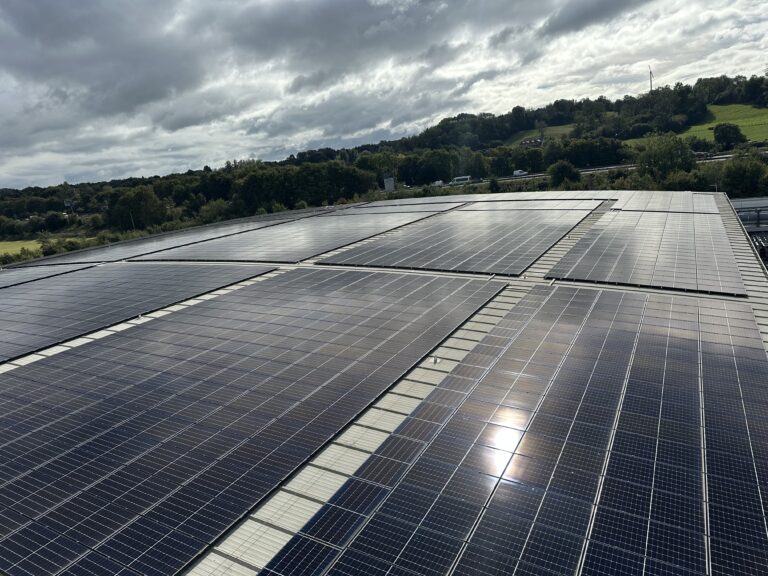
Section 5: FAQs About Solar Panel Technology
1. How do solar panels work?
Solar panels contain photovoltaic (PV) cells that absorb sunlight and convert it into direct current (DC) electricity. This electricity is then passed through an inverter, which converts it into alternating current (AC) to power your home or business.
2. How much maintenance do solar panels require?
Solar PV panels require minimal maintenance. They should be kept clean and free from debris or obstructions like heavy shade. Occasional cleaning and inspections ensure they continue to perform efficiently.
3. Do solar panels work on cloudy or rainy days?
Yes, solar panels can still generate electricity on cloudy or rainy days using diffused sunlight. However, their energy output may be lower compared to sunny days.
4. Can I sell excess electricity back to the grid?
Yes, in many areas, you can sell surplus electricity generated by your solar panels back to your local grid through programs like net metering, reducing your energy bills even further.
5. Can I store energy using batteries?
Absolutely! Battery energy storage systems, BESS, allow you to store excess energy generated during the day for use at night or during power outages, providing greater energy independence.
6. Do solar panels need to be installed on a south-facing roof?
No, while south-facing roofs are ideal for maximum sunlight exposure, solar PV panels can also be installed on east- or west-facing roofs. Professional installers can design systems to optimise energy production based on your roof's orientation.
7. How effecient are Solar Panels ?
Most commercial solar panels typically have an efficiency range of 22% to 24%, indicating the percentage of solar energy converted into electricity. With advancements in technology, degradation rates have significantly decreased, allowing panels to last up to 30 years while maintaining strong energy output.
8. Can solar panel installation damage my roof?
No, when installed correctly, solar panels are designed to protect your roof rather than damage it. In fact, they can shield the roof from harsh weather, extending its lifespan.
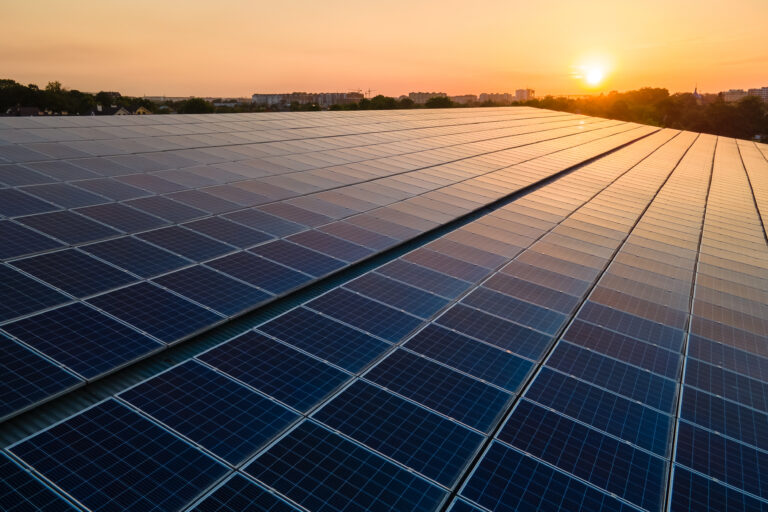
Section 6: FAQs About Solar Energy and the Solar System
Solar energy often gets confused with terms related to the solar system, so here’s a quick clarification:
What are 5 interesting facts about the solar system?
The solar system includes the sun, eight planets, moons, and countless asteroids. The sun, for example, accounts for 99.86% of the solar system's mass!
What’s the difference between solar energy and the solar system?
Solar energy refers to the power we derive from the sun, while the solar system encompasses all celestial bodies orbiting our sun.
What are fun facts about the solar system?
One fun fact is that Venus rotates in the opposite direction of most planets, and Jupiter has 79 known moons.
Conclusion
Solar energy is more than just a renewable power source it’s a driver of innovation, sustainability, and economic growth. From its ancient origins to cutting-edge technologies like night-time solar PV panels, solar power continues to transform how we live and work.
By adopting solar energy, you can reduce your carbon footprint, save money on energy bills, and contribute to a cleaner planet. The facts speak for themselves: solar energy is a vital part of our energy future.
Are you ready to harness the power of the sun? Explore our solar solutions and take the first step toward sustainable energy. Contact us today for expert advice and a FREE consultation!
